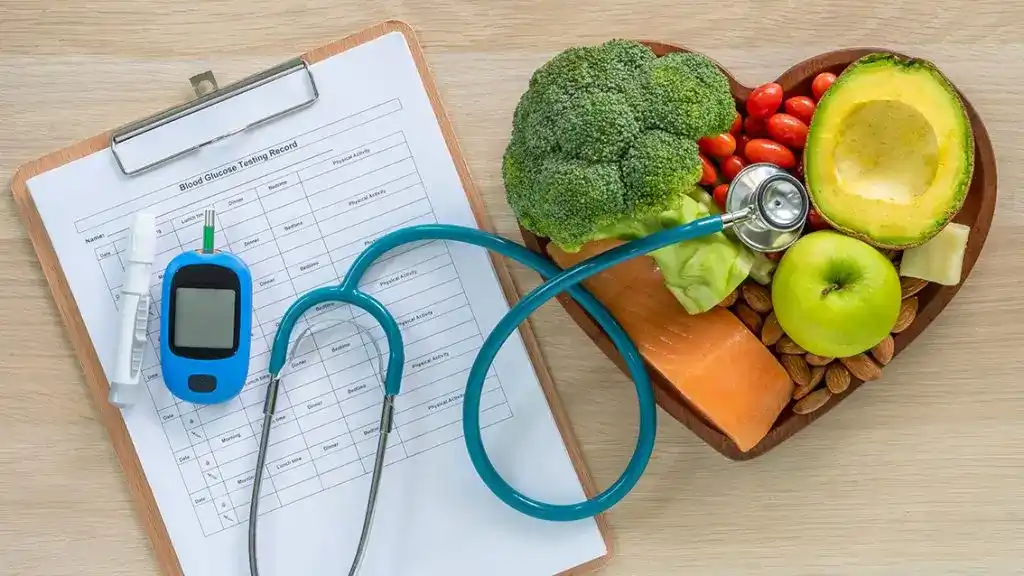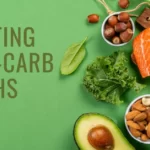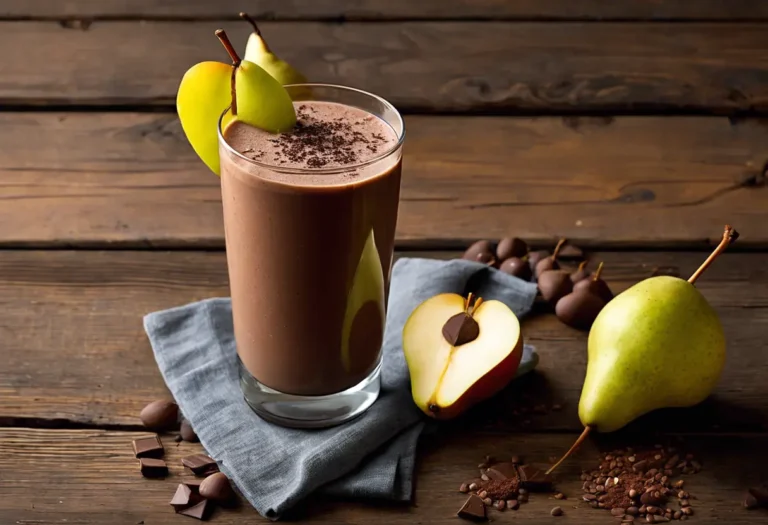A low-carb diet can be a very effective way to manage type 2 diabetes by controlling blood sugar levels and promoting weight loss. This diet focuses on reducing overall carbohydrate intake while increasing healthy fats, protein, and vegetables. Studies show that low-carb diets can improve blood sugar control, reduce HbA1c levels, and allow for decreasing or eliminating diabetes medications. Let’s take a deeper look at how a low-carb diet can benefit those with type 2 diabetes.
What is Type 2 Diabetes?
Type 2 diabetes is a chronic condition characterized by insulin resistance and high blood sugar levels. It develops over time and is often associated with obesity, poor diet, and a sedentary lifestyle. With type 2 diabetes, the body still produces insulin but is unable to use it effectively, leading to elevated blood glucose levels. Symptoms include increased thirst, frequent urination, hunger, fatigue, and blurred vision. If left uncontrolled, type 2 diabetes can lead to serious complications affecting the heart, eyes, kidneys and nervous system.
How Does a Low-Carb Diet Help Manage Type 2 Diabetes?
A low-carb diet works by reducing the amount of glucose entering the bloodstream. Carbohydrates are broken down into glucose during digestion, which causes spikes in blood sugar. By restricting carbs to around 20-50 grams per day, less glucose is released into the bloodstream. This helps maintain steady blood sugar levels in the normal range.
In addition, a low-carb diet can:
- Improve insulin sensitivity – With fewer carbs, less insulin is needed to regulate blood sugars. This restores insulin sensitivity over time.
- Promote weight loss – A low-carb diet eliminates excess calories from sugary foods and refined carbs that promote fat storage. Losing body fat further improves insulin resistance.
- Reduce appetite – Eating fewer carbs and more protein increases satiety, resulting in reduced calorie intake. This amplifies weight loss effects.
- Lower triglycerides – Carb restriction has been shown to decrease circulating triglycerides, a major risk factor for cardiovascular disease.
Foods to Eat on a Low-Carb Diet for Diabetes
The key is choosing foods that are low in carbohydrates while being high in nutrients. Here are some excellent options:
- Non-starchy vegetables – Broccoli, spinach, kale, cucumbers, tomatoes, zucchini, onions, peppers, etc. These provide vitamins, minerals and fiber.
- Lean proteins – Chicken, turkey, fish, seafood, eggs, beef and pork. Proteins improve satiety and help preserve muscle mass when losing weight.
- Healthy fats – Olive oil, coconut oil, avocados, nuts, seeds and full-fat dairy. Fats are important for energy, hormone regulation and absorption of fat-soluble vitamins.
- Low-carb fruits – Berries, grapes, melons and peaches. Eat limited portions as fruits contain natural sugars.
- Nuts and seeds – Almonds, walnuts, sunflower seeds, pumpkin seeds, etc. These are great snacks full of fiber and healthy fats.
- Low-carb dairy – Full-fat milk, cheese, plain Greek yogurt and cottage cheese. Opt for full-fat products to avoid added sugars.
Foods to Avoid on a Low-Carb Diet
It’s equally important to avoid foods that are high in carbs. Here are some to limit or remove from your low-carb diabetes diet:
- Breads, pasta, rice, cereals, baked goods – These all break down into simple sugars.
- Starchy vegetables – Potatoes, sweet potatoes, corn, peas, winter squash.
- Beans and legumes – Lentils, kidney beans, chickpeas, baked beans. Exception: Green beans and soybeans.
- Most fruits – Especially sugary types like bananas, apples, oranges, grapes, pineapple.
- Sweetened beverages – Sodas, juices, sweet tea and coffee drinks, sports drinks.
- Packaged snacks – Chips, pretzels, crackers, granola bars, cookies, candy.
- Sugary sauces and dressings – Barbecue sauce, sweet chili sauce, pancake syrup, honey mustard dressing.
- Processed low-fat foods – These replace fat with sugar and additives.
- Alcohol – Beer, mixed drinks, sweet wines and liqueurs. Dry wines in moderation are okay.
Sample Menu for a Day on a Low-Carb Diet
Here is an example of what one day on a low-carb diabetes diet may look like:
- Breakfast: Veggie omelet with cheese, avocado and salsa.
- Lunch: Grilled chicken salad with olive oil dressing.
- Snack: Celery sticks with natural peanut butter.
- Dinner: Steak with roasted broccoli and side salad.
- Dessert: Greek yogurt with mixed berries.
Tips for Starting a Low-Carb Diet with Diabetes
Transitioning to a low-carb way of eating can take some adjustment. Here are some tips to get started:
- Cut carbs gradually – Reduce carb intake over several weeks to avoid side effects like fatigue, headaches and cravings.
- Plan meals and snacks – Having low-carb options on hand prevents grabbing high-carb convenience foods.
- Drink water – Stay hydrated to minimize symptoms of low blood sugar or keto flu as your body adjusts.
- Choose healthy fats – Emphasize healthy unsaturated fats from plants and fish instead of saturated fats.
- Exercise – Activity helps manage blood sugar and offsets reductions in carb intake. Start slowly.
- Check blood sugar – Monitor blood glucose closely after starting a low-carb diet and adjust medications as needed under medical supervision.
- Read labels – Check the nutrition label and ingredients list to identify sneaky sources of carbohydrates.
- Be patient – It can take 2-4 weeks to notice improvements in blood sugar control as your body adapts hormonally and physiologically.
Common Questions about the Low-Carb Diet for Type 2 Diabetes
Here are answers to some frequently asked questions about using a low-carb diet to manage type 2 diabetes:
How many carbs should I eat per day?
For most people with diabetes, carb intake between 20-50 grams per day results in optimal blood sugar control. Work with your doctor to determine your ideal carb range.
What if I’m also trying to lose weight?
Removing excess carbs facilitates weight loss. Monitor your calories and portions of protein and fat to make sure you are creating a calorie deficit.
Is fruit off limits on a low-carb diet?
Berries and melons can be enjoyed in moderation. Avoid sugary fruits like bananas and grapes. Keep overall fruit portions small.
Can I still eat dairy products and nuts?
Yes! Full-fat dairy and nuts are great for a low-carb diet. Just watch your portions, as the carbs can add up.
What if I feel tired, nauseous or get headaches after starting this diet?
These symptoms should resolve within 1-2 weeks as your body adapts. Make sure you are getting enough sodium, magnesium and potassium.
How often should I check my blood sugar on a low-carb diet?
Test your blood glucose more frequently when first starting out – before meals, after meals, at bedtime. This allows you to monitor how your levels change in response to reduced carbs.
Conclusion
A low-carbohydrate diet can offer many benefits for those with type 2 diabetes by lowering blood glucose levels, aiding weight loss, and reducing the need for insulin and other medications. By focusing on non-starchy vegetables, lean proteins, healthy fats and limiting sugar, refined grains and starchy foods, you can take control of your diabetes. Work closely with your healthcare provider when making dietary changes. With commitment to a low-carb lifestyle, you can drastically improve your health and diabetes management over the long-term.






